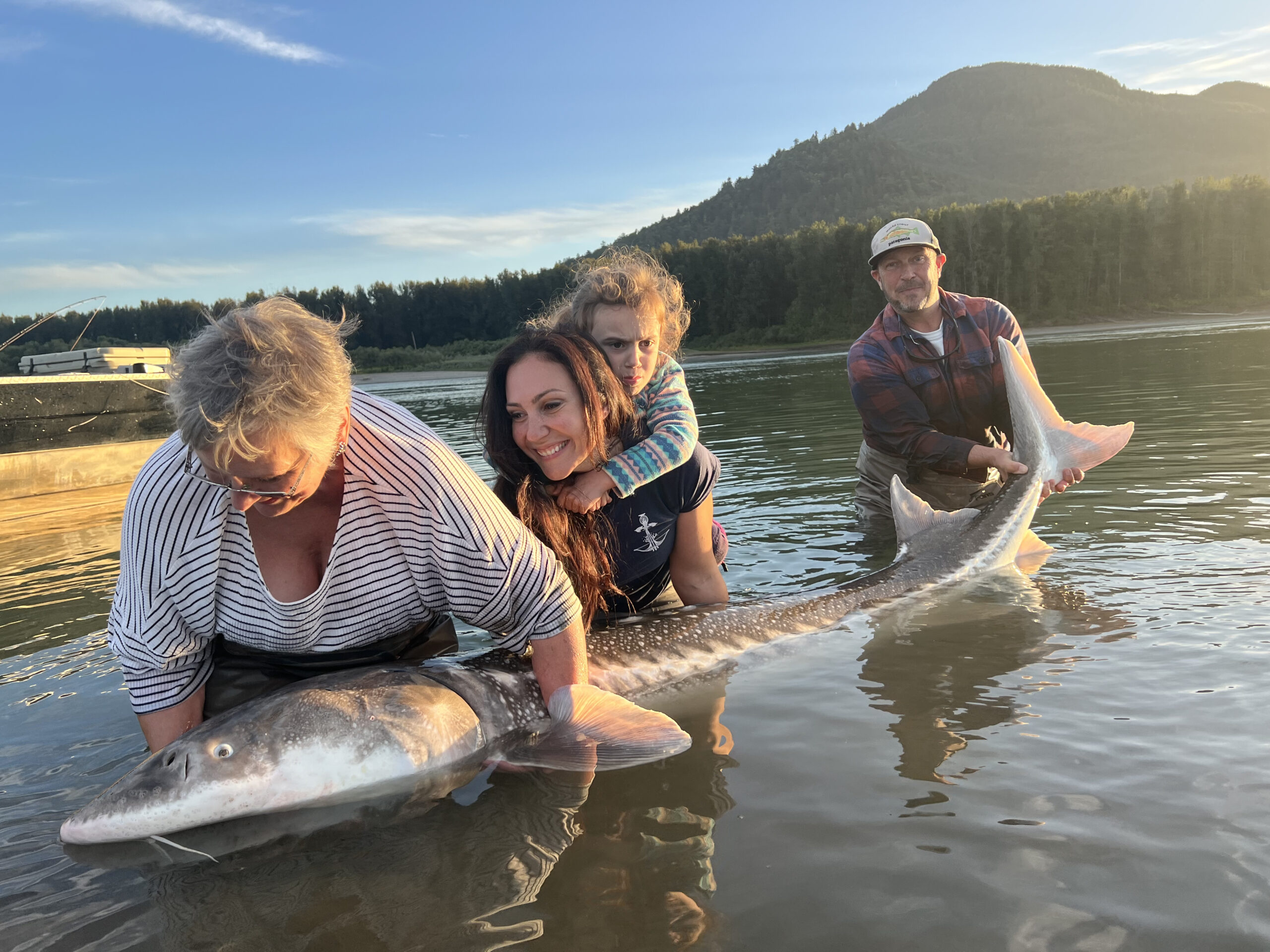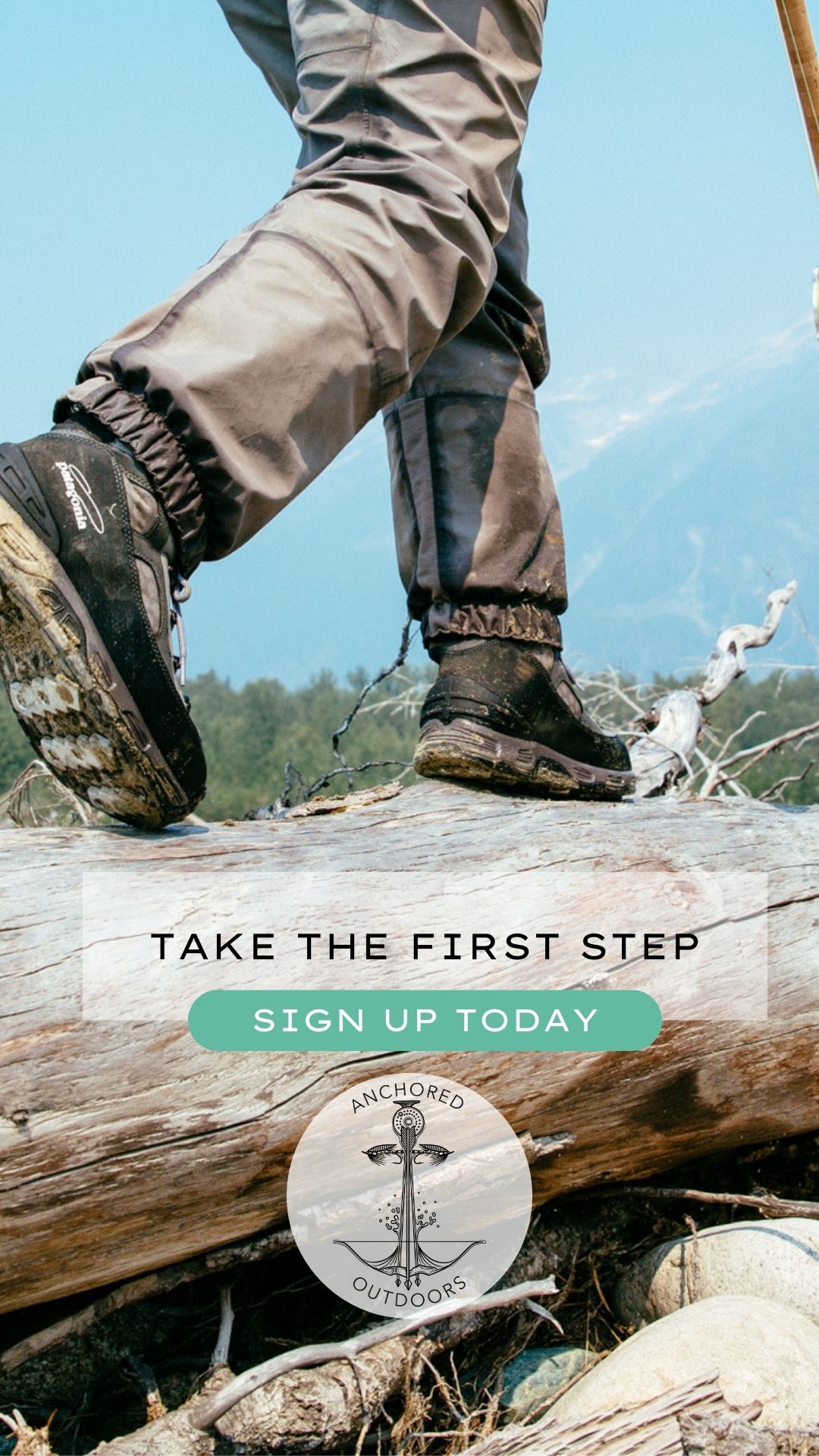In the heart of British Columbia, Canada, lies the majestic Fraser River. A natural wonder that meanders its way through the Rocky Mountains and the Coast Mountains, the Fraser River serves not only as a vital artery for the region but also as a haven for sturgeon and salmon.
The decision to go fishing on the Fraser was spontaneous. I was en route to my cabin in BC’s north when I remembered that the Fraser River was in the peak of its salmon migration. Every two years, pink salmon make their return, presenting a great opportunity to catch a massive Fraser River sturgeon. As a retired sturgeon guide myself, I knew it would be nearly impossible to hire a guide on such short notice. However, Lang’s Guide Service and their knowledgeable guide, Kolby, managed to pull some strings to fit us in for a half-day excursion.
Sturgeon have been around for nearly two million years, with over 20 different species known. However, in the Fraser River, it’s the white sturgeon that thrive. You’ve probably heard of caviar, which comes from Russia’s enormous beluga sturgeon. While both species can reach lengths of up to 20 feet, the white sturgeon is typically smaller, averaging 3 to 7 feet during my guiding days.
But sturgeon are fascinating for more than just their size. Unlike most other fish species, they possess a dental plate in their mouths instead of traditional teeth. This plate serves to crush and grind their food, which often includes mollusks, crustaceans, and small fish. Sturgeon are also composed almost entirely of cartilage and sport sharp scutes running along both sides of their body. When I used to guide for them almost twenty years ago, we would often jest about getting “stink finger,” which was a legitimate concern. If a scute poked us or we tore our flesh on a salmon’s teeth, the bacteria from the rotting salmon bait could lead to infections, including potentially severe cases of blood poisoning. Typically, the smaller the sturgeon, the sharper the scutes.
What’s truly remarkable is that sturgeon can be found in various sections of the Fraser River, both above and below the steep and rugged canyon. This river played a pivotal role in the 19th-century Fraser Canyon Gold Rush, drawing prospectors from around the world, some of whom likely developed an interest in sturgeon. In 1994, the retention of sturgeon in the Fraser River was banned, and since then, tagging programs have made significant advancements. I have vivid memories of training with a tagging kit during my guiding days, and it was always thrilling to scan our catches to see if they had been tagged previously. In fact, I had the opportunity to interview Jim Riesling, the man who trained me, and I’ll include a link to that podcast episode here if you’re interested.
These tagging programs provide invaluable data, contributing to our understanding of sturgeon behavior, migration patterns, and overall health.
It’s important to note that sturgeon hold cultural significance, particularly within Indigenous communities. They have played a vital role by providing food, tools, and ceremonial items. This deep connection between sturgeon and the Fraser River underscores the river’s cultural and historical importance.
In conclusion, the beauty of the river, the rich history of the sturgeon, and the excitement of fishing made this an unforgettable experience. The Fraser River remains a critical ecosystem and a testament to the natural wonders of British Columbia. If you ever find yourself in the area, I highly recommend seizing the opportunity to embark on your own Fraser River adventure.





